Top 10 school topics to explore at the Fleet Air Arm Museum
- View news filtered by: Museum Story
- View news filtered by: Museum behind the scenes
- View news filtered by: Collections
- View news filtered by: Museum Teams
- View news filtered by type: Listicle
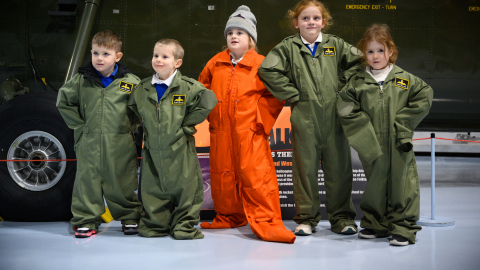
Throughout our four halls, the museum tells not only the history of the Fleet Air Arm, but also its technological development, its artistic design, and so much more! There are so many curriculum topics that a visit can link to, that we wanted to give you a rundown of some of our favourites!
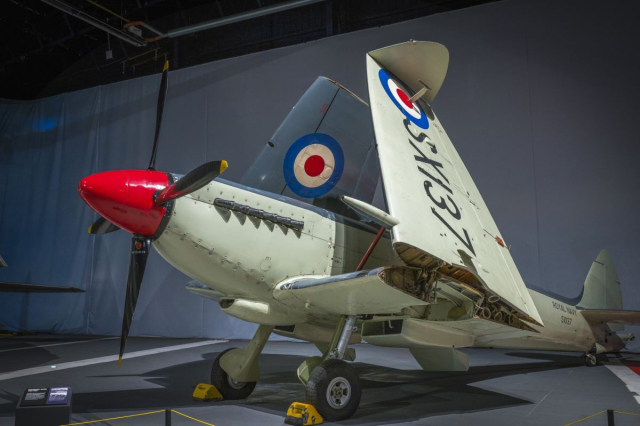
1. The First and Second World Wars
The history of the Fleet Air Arm, and its precursor the Royal Naval Air Service, contain stories of conflicts from the First and Second World War. While it may not seem like we have a strong connection to everything you’re studying around these events (such as the Battle of Britain), you might be surprised by some of the connections that are there if you look – like exploring what all pilots from this time would have experienced and worn.
If you choose our History of Flying in the Royal Navy Discover More Primary product, you can learn about some of these pilots, and try on replica First and Second World War pilot’s uniforms.
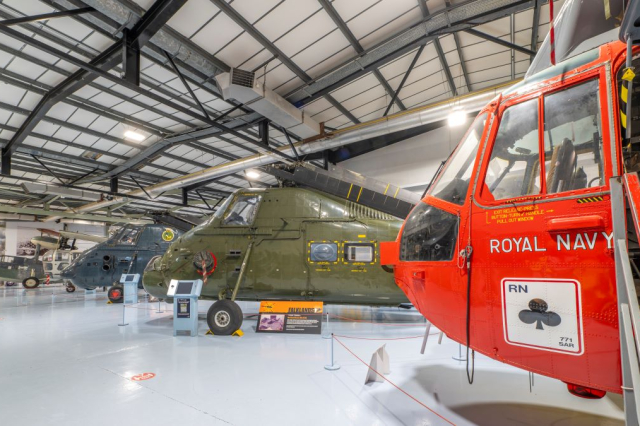
2. Yeovilton's local history
Do you know why Yeovil football team are nicknamed ‘The Glovers’? It’s because of the town’s long history of making leather gloves! And when war broke out, these leather glove makers were instead put to work producing (among other things) leather pilots’ uniforms.
Yeovil is also the ‘Home of British Helicopters’, and the museum’s collection is full of aircraft built down the road at Westland Aircraft Works (now Leonardo Helicopters) through the years! The ‘Our Local Navy’ Discovery and Discover More Primary resources will help you explore this topic in greater detail.
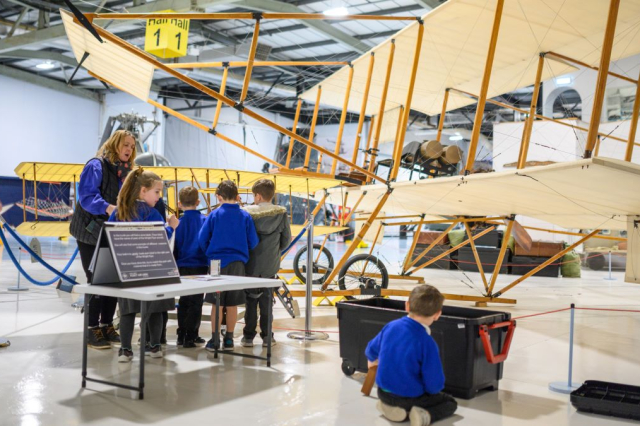
3. Air transport from past to present
From the Wright Brothers, to modern day jets - the story of Naval Flying encompasses it all. The Short Brothers, two early aircraft manufacturers, met with the Wright Brothers to discuss their experiences of powered flight and used some of their ideas to build the Short S.27 aircraft (a replica of which can be seen in Hall 1) as well as many others.
At the other end of the timeline, you can often see modern day Helicopters flying from our view area, or if not, you can see modern examples of jets and helicopters in Hall 4- including Concorde! This topic is explored in several different Discovery or Discover More Primary sessions - including ‘Record Breakers and Innovators’ and ‘How to Build an Aircraft’. Get in contact with our bookings team today to discuss the best option for your group!
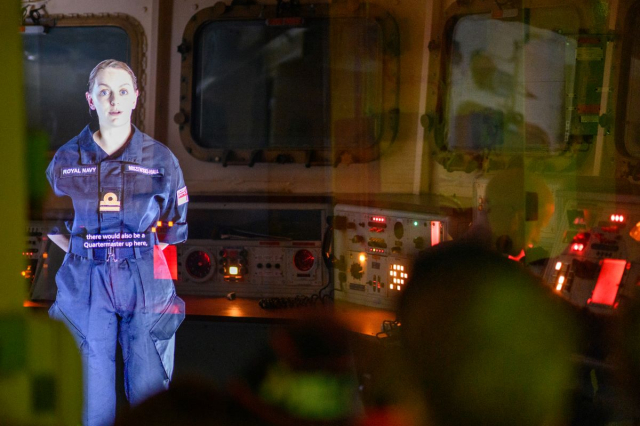
4. Spiritual, Moral, Social and Cultural Development (SMSC) & British Values
The museum can be a really interesting place to explore SMSC as a school group. In our role as a Royal Naval Museum, we try to tell the story of wars and conflicts in a way which is fair, balanced, and not overly glorifying.
Many of our volunteers are veterans, or currently serve in the military, and are more than happy to chat with your group about their experiences and ethical issues surrounding conflict. Within our ‘People and Places of the Royal Navy’ Discovery and Discover More content, we also explore some of diverse stories of the Fleet Air Arm, all the way up to the modern-day personnel.
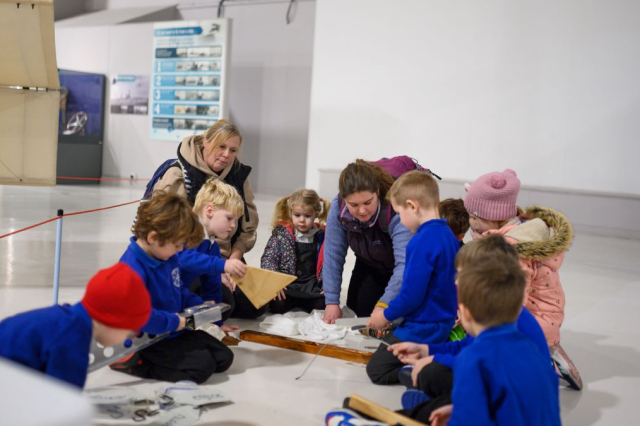
5. Properties of Materials
Our story of technological development is one which is directly connected to the different uses and properties of materials. From explore the waterproof and protective qualities of uniform through the ages, to how the materials of aircraft have changed from wood and fabric, to metal, to carbon fibre and composites. You can really see how the development of Royal Naval Flying has led to changes in the requirements needed from different materials.
This can be seen clearly just by exploring the museum halls on a Discovery Visit, but if you want to explore this in a more detailed or hands on way, then many of our Discover More activity stations will add an extra level to your visit, with your pupils trying on replica uniforms and identifying different materials used.
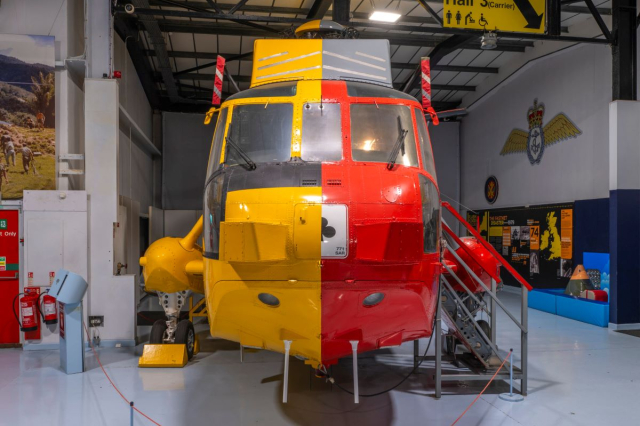
6. Shape and Colour
Shape and Colour is a topic that is often particularly of interest for our younger Key Stage 1 or EYFS visitors. Pupils can explore how different colours are used for different reasons - for example our Search and Rescue Helicopters and equipment are in bright colours to attract attention.
You can also look at how different aircraft try not to stand out, but instead camouflage with the ground, sea or sky. Shape-wise, you can discover all the different wing shapes of aircraft- some are squarer, some curved, and some swept back, but almost all of them fold! This can be explored in more detail through our themed Discover or Discover More Visits such as ‘Saving Lives in the Royal Navy’.
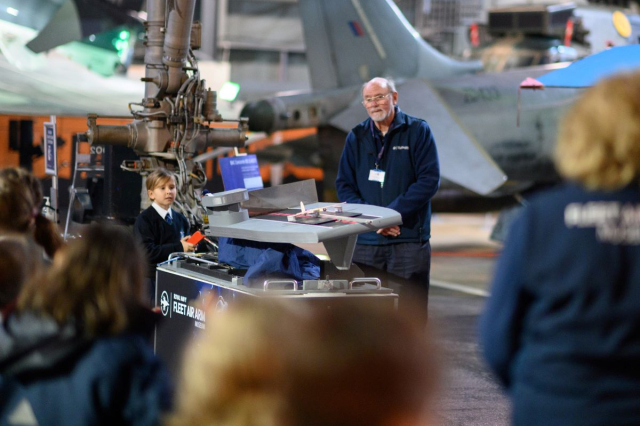
7. Physics & Forces of Flight
From watching helicopters fly from our viewing areas, to the physics behind supersonic flight, there are strong connections across the entire museum when it comes to physics and the forces of flight.
In the past, schools have designed their own physics experiments to do in the museum spaces, or have taken part in our museum-led Discover Live: Great British Take Off Primary offer. Either way, the science of powered flight is in the air when you visit the museum!
8. Engineering & Aerospace
When you visit the Fleet Air Arm Museum, you can smell the oil and grease from the aircraft- it just smells of engineering! For our Secondary School audience, and our Higher and Further Education Institutions, a visit is ideal to see the different styles of engineering within the different aircraft.
Higher and Further Education Institutions can choose from a series of Curator Led Lectures to supplement their visit, or Secondary Schools can choose to book on teams of up to 6 pupils onto our Engineering Challenge Days, where teams compete against other schools to solve Naval Engineering problems.
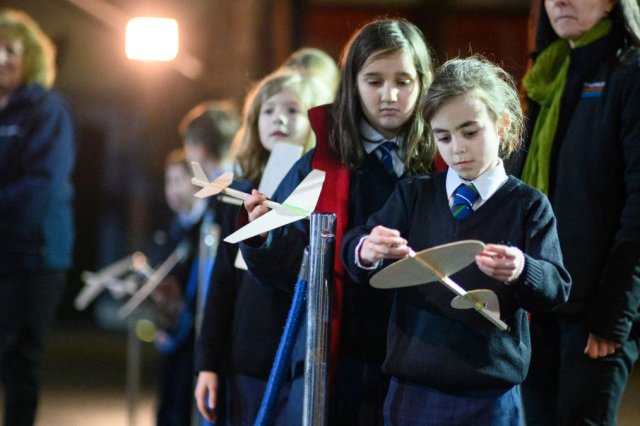
9. Design, Testing and Evaluation
Design, Test, Evaluate. A common three-pronged approach for any Science, Engineering or Design & Technology project- and aircraft production is no different. Learn from the museum’s collection how iconic individuals such Eric ‘Winkle’ Brown were test pilots for different aircraft, and their bravery in doing so.
Learn how Concorde 002 and other aircraft in Hall 4 were used to test supersonic features, and ultimately enable Supersonic passenger flight. Primary School visitors can choose to book our museum-led Discover Live: Great British Take Off session, which teaches some of these skills within a museum setting.
10. Museum Collections & Conservation
For our older Secondary, FE and HE audiences, there are opportunities to learn about the skills involved in caring for our museum collections, from Behind the Scenes tours to talks about our objects and aircraft. On a visit, you can also learn about some of our sector-leading aircraft conservation projects, such as Barracuda Live: The Big Rebuild.
All of these opportunities would be ideal for groups beginning to consider careers in the sector, or specialist HE courses such as Heritage Management, or Museum Studies. To find out more visit our Adult Group Visits page.
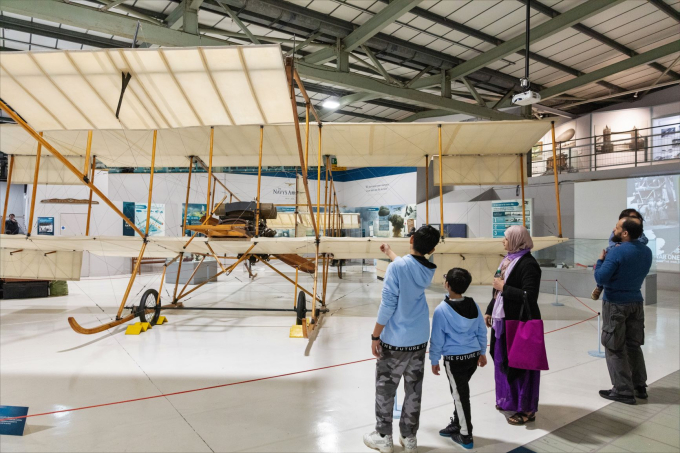
Book your school or group visit today!
We hope that this has given you a taste of all the different things you can do on a visit to the Royal Navy Fleet Air Arm Museum at Yeovilton. To find out more, download the Bloomberg Connects App, which will give you more detail about the aircraft, the layout of the site and it’s themes.